Indigenous people of the Embera people, before a protest on the way to Bogotá (Colombia) in 2005.FERNANDO VERGARA / AP
Ancestral communities that recall painful episodes of massacres, murders or forced displacement in different corners of deep Colombia.
The testimonies of the Awá, Nukak or Kankuamo peoples were interspersed with messages to demand the commitment of the State and the fulfillment of the peace agreement this Friday during a solemn meeting of the Truth Commission of Colombia, dedicated to the “indigenous peoples in situation and risk of physical and cultural extermination: their dignity, resistance and contributions to peace ”.
The act, supported in virtuality by the restrictions of the pandemic, crowns different encounters throughout the country, from the Amazon, in the extreme south, to the Caribbean, on the north coast.
The most emotional - and unprecedented - moment came with the apology of former paramilitary commander Salvatore Mancuso, one of the war's best-known protagonists, for the 2001 assassination of Kimy Pernía Domicó, leader of the Embera people in the department of Córdoba.
Mancuso, who is in the United States awaiting repatriation to Colombia, held a remote conversation with his daughter, Martha Cecilia Domicó, in which he described this homicide as a “crime of the State” and acknowledged that, months after burying him In a common grave, their remains were thrown into the Sinú River.
"All my people are orphaned at this moment," says Martha Cecilia at one point during the talk, recorded on video.
"Now I will have a rest, now that I know that you are in this river," he says in another passage while throwing roses into the river.
The defunct FARC guerrilla, turned into a political party on account of the agreements sealed four years ago, recognized among other crimes the massacre of eight indigenous leaders in Murindó, in the department of Antioquia, in 1986. Rodrigo Londoño,
Timochenko
, president of the FARC party also apologized for the sexual abuse against indigenous women, and acknowledged that when they were in arms the guerrillas never consulted their aspirations, nor did they take into account their worldview or their organizational forms.
"That wrong reading brought as a consequence for you, the indigenous peoples, pain, uprooting, deaths," he admitted in his call for reconciliation.
Of the 22 corridors of the armed conflict that the Truth Commission has analyzed, 17 are on ethnic territories, with particularly complex situations in regions of difficult access such as the Sierra Nevada and the Perijá mountain range, in the north of the country;
the department of Cauca, in the south-west;
or the plains between Meta and Vichada, in the east.
“Different armed groups have arrived there and have made their epicenters.
We found out how these territories have been the scene of confrontation between guerrillas, paramilitaries, and the army, ”explains Commissioner Patricia Tobón Yagarí, an indigenous person from the Embera people.
"The great challenge for indigenous peoples is how to govern themselves in a reality in which their territories are abandoned by the State, occupied by drug traffickers, by armed groups, with multiple violations," he details.
Video of the act of recognition of ex-paramilitary Salvatore Mancuso, Commission of Truth
The ancestral peoples, historically violated and discriminated against, have also been hit by the war.
Almost 400,000 indigenous people - out of 1.9 million, according to the population census - have been affected by the confrontations and violence perpetrated by armed groups in Colombia, the vast majority forced to displace, according to figures from the Victims Unit. which has also recorded more than 17,000 homicides.
Between 1982 and 2017 there were 742 massacres in indigenous territories, according to the National Center for Historical Memory.
Of the 115 towns in Colombia, at least 68 in scattered areas are at risk of extermination.
The sixth Encounter for Truth took place at the end of a week in which these communities have been protagonists of the public debate.
More than 8,000 indigenous people who demand an end to the massacres and murders in their territories mobilized to Bogotá to demand that the Executive of Iván Duque listen to their demands.
The minga - a word that is synonymous with resistance in the peoples of the Andes - joined the national strike to protest against the government on Wednesday, and maintained an exemplary and peaceful behavior.
"Thank you for your courage in crossing Colombia in a demonstration of dignity," Francisco de Roux, the Jesuit priest who chairs the Commission, greeted them.
Although the indigenous people were unable to meet with the president, the mobilization disarmed the arguments of the national authorities and leaders of the Democratic Center, the ruling party, who in the previous days insisted that it was infiltrated by armed groups and would cause destruction in the capital. .
On the contrary, the visit of the communities provoked a wave of solidarity, with tributes that included the launching of several versions of the hymn of the indigenous guard, one of them performed by the Bogotá Philharmonic Orchestra.
The Truth Commission is about to begin the last of its three years of work, which must conclude with a final report that dignifies the victims and sheds light on the barbarity of the conflict.
In many regions, violence has escalated, with armed groups fighting for illegal income and occupying the void left by the disarmament of the FARC.
In addition to the obstacles imposed by the pandemic, the Commission has also had to navigate the deaths of two of its eleven commissioners, who include victims, human rights defenders and academics.
The journalist and sociologist Alfredo Molano was relieved this year by the anthropologist Alejandro Castillejo, while the Afro-American leader Ángela Salazar, who died of coronavirus in August, was replaced by Leyner Palacios, a social leader who survived the Bojayá massacre.
The Commission for the Clarification of Truth, Coexistence and Non-Repetition, its formal name, is an extrajudicial entity.
However, it works in coordination with the Special Jurisdiction for Peace (JEP) - the transitional court of justice - and the Unit for the Search of Persons Given as Disappeared, which together constitute the Comprehensive System of Truth, Justice and Reparation arising from the peace agreement, which has robust support from the international community.
After meeting with its members this week, the UN High Commissioner for Human Rights, former Chilean President Michele Bachelet, assured that "they play a fundamental and unique role in ensuring the participation of victims and the satisfaction of their rights."


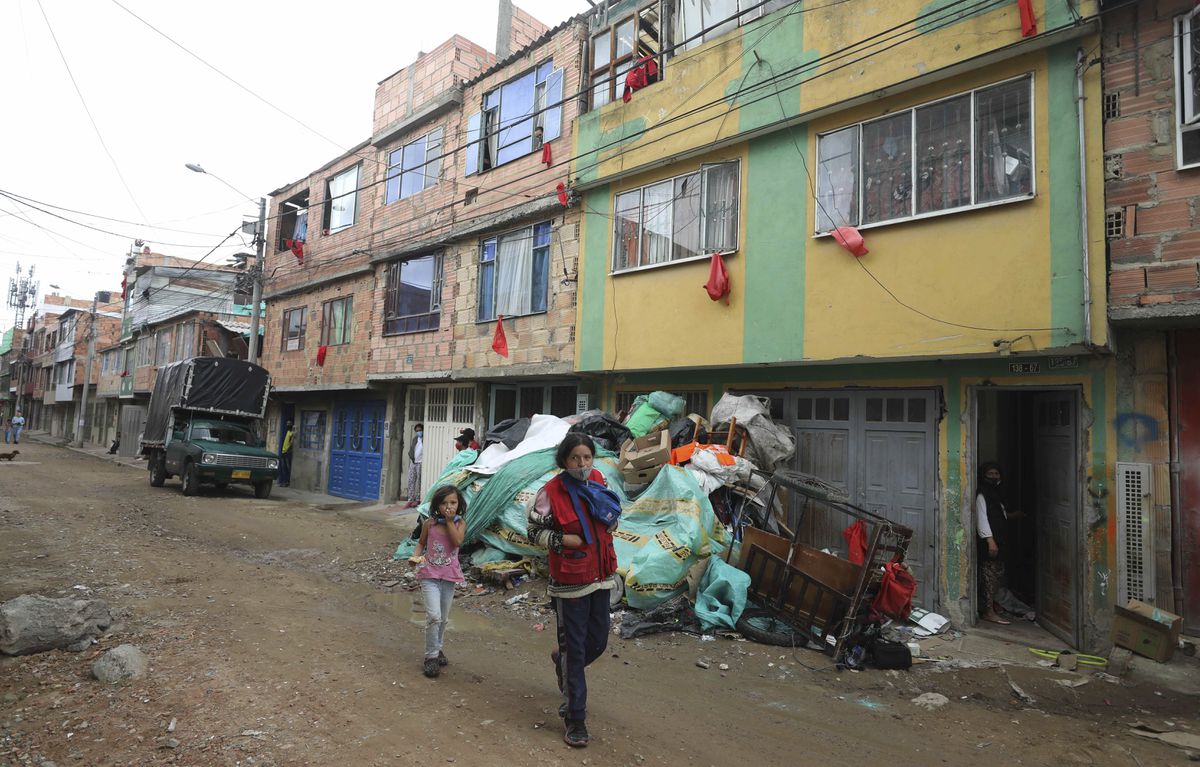
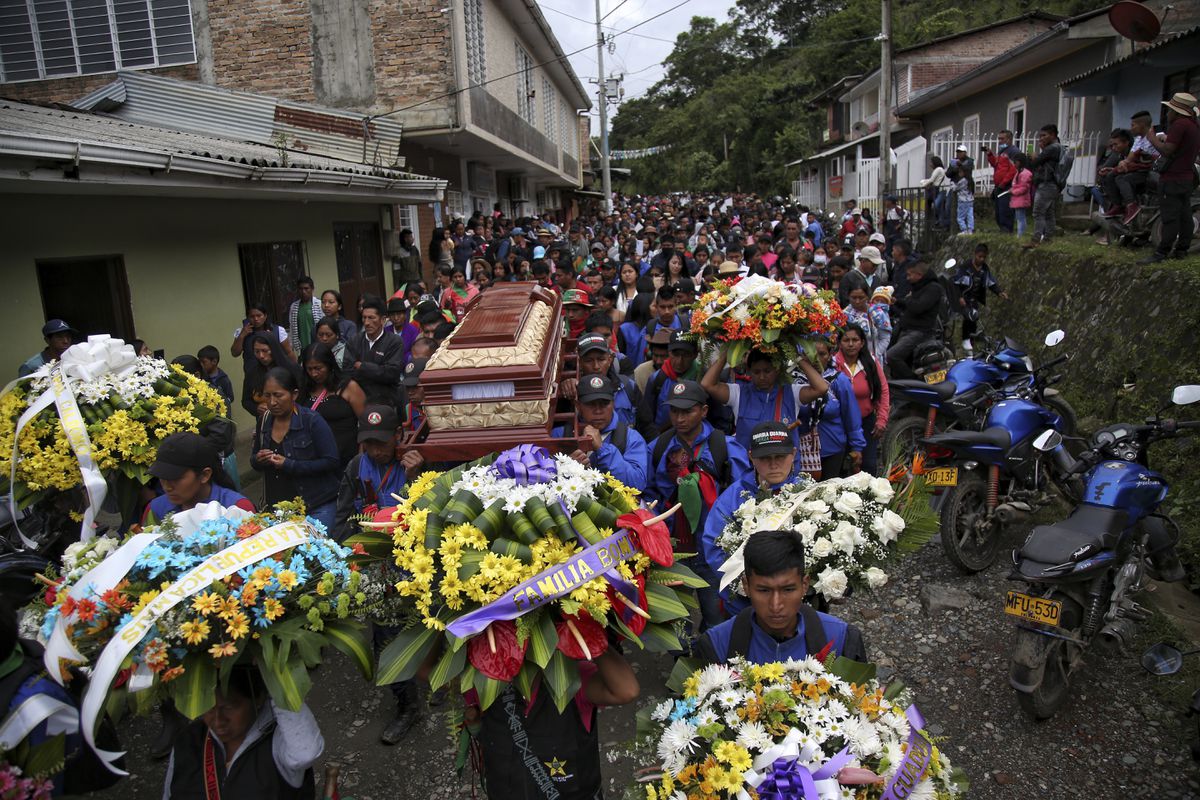
/cloudfront-eu-central-1.images.arcpublishing.com/prisa/DNL7HO6Q7JEGXAADDZOU7HVF2I.jpg)
/cloudfront-eu-central-1.images.arcpublishing.com/prisa/62WTZ2YGTKOGTJ6OXJW67JCCME.jpg)
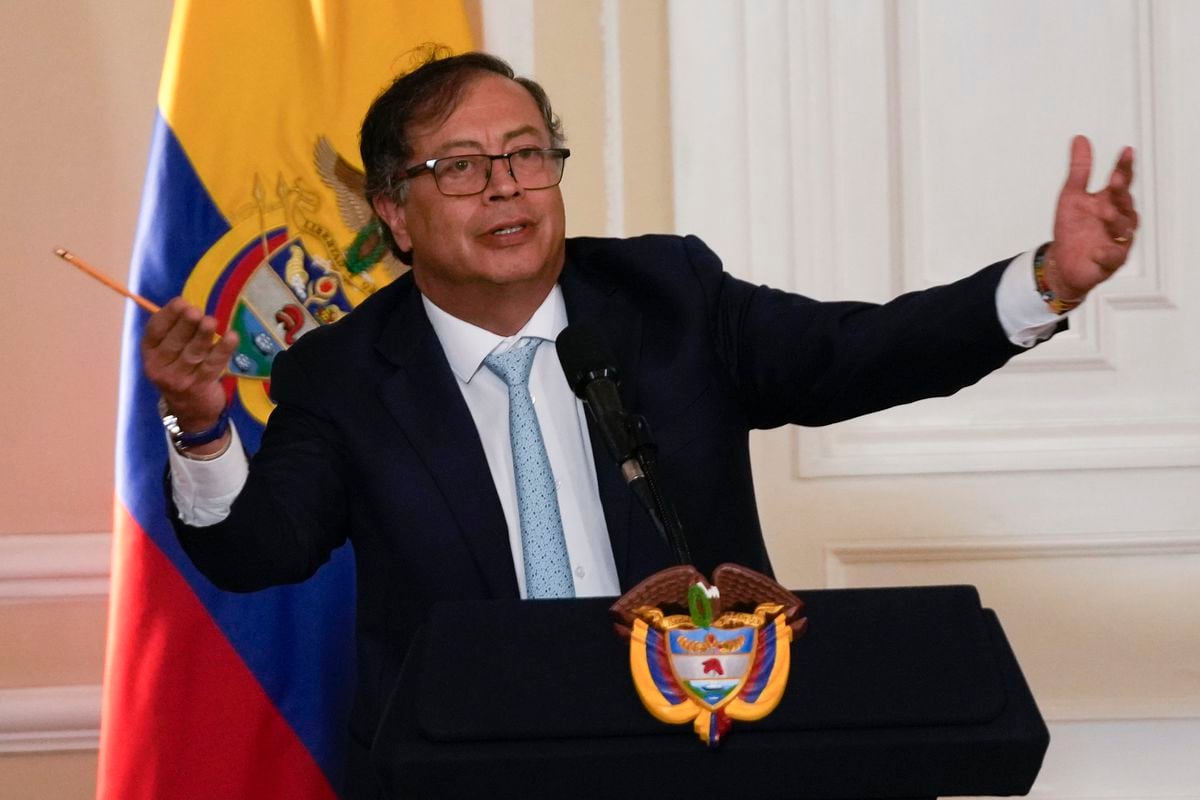
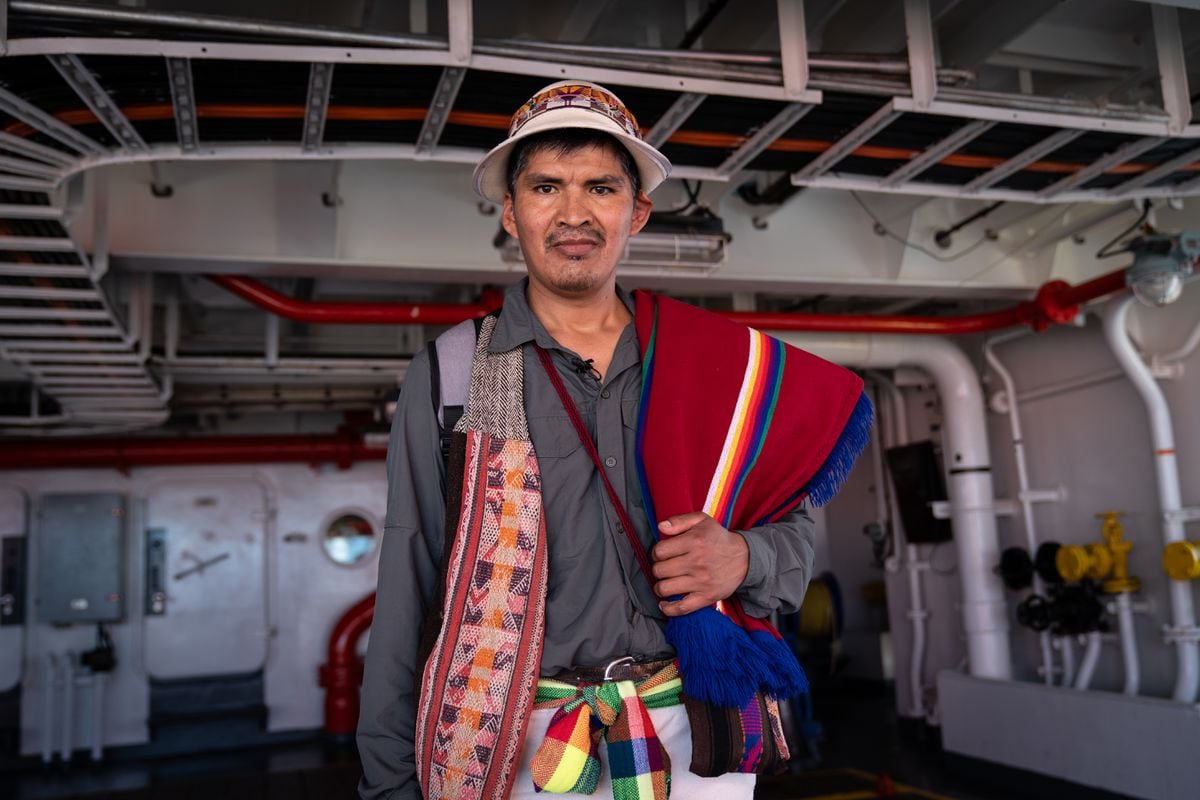
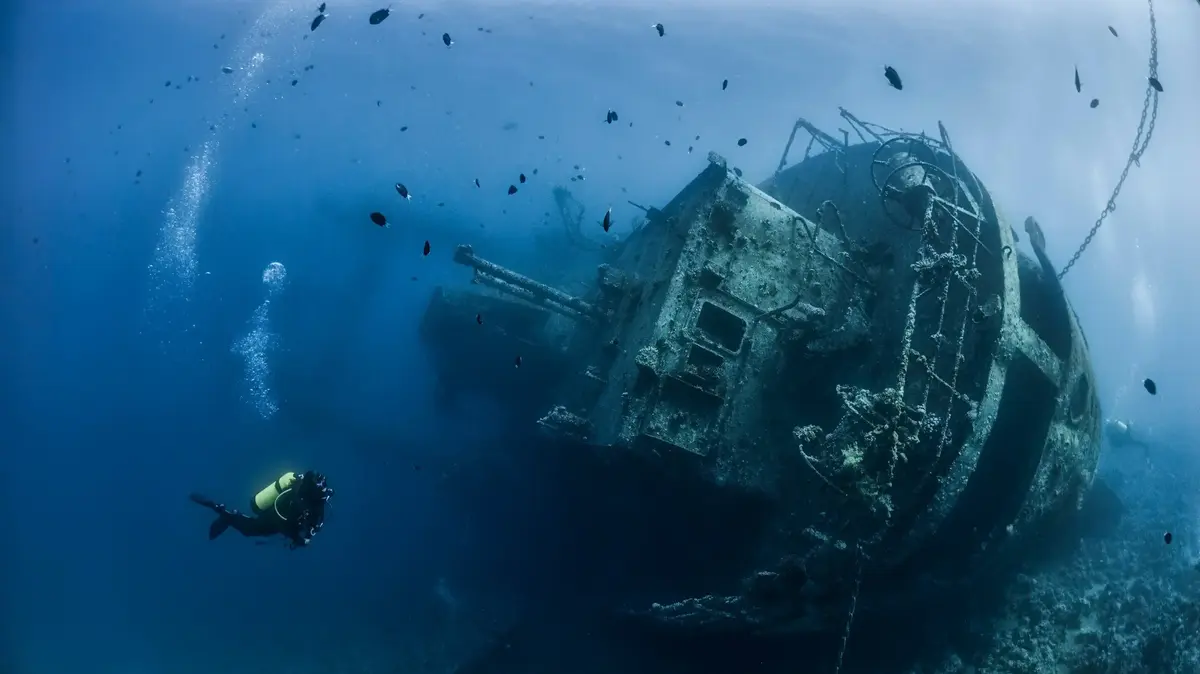
/cloudfront-eu-central-1.images.arcpublishing.com/prisa/YOIAB3IZVZENPLEXJ3PCP7HOI4.jpg)